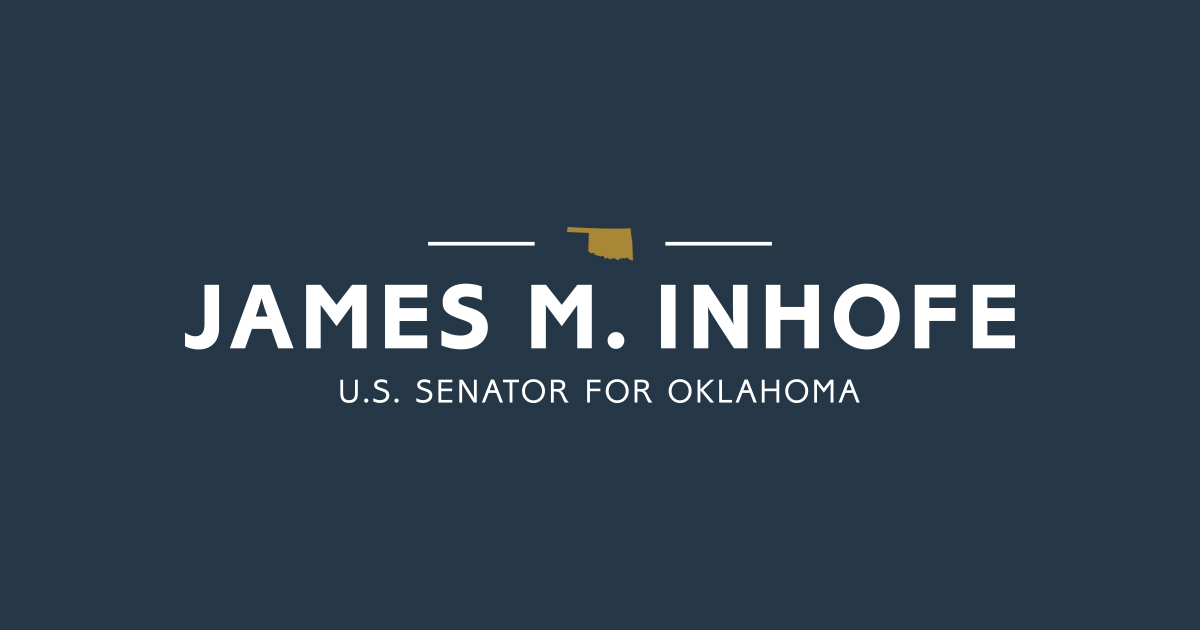Source: United States Senator for Oklahoma James Inhofe
U.S. Sen. Jim Inhofe (R-Okla.), ranking member of the Senate Armed Services Committee, today questioned Colin Kahl, Under Secretary of Defense for Policy, about how many Americans remain in Afghanistan following the Biden Administration’s disastrous non-combatant evacuation operation ending August 31:
Inhofe: Thank you, Mr. Chairman. One of the many confusing things about this whole thing is that we really don’t know how many Americans were left in Afghanistan. The administration’s number of U.S. citizens left in Afghanistan keeps changing. We all understand that, and it’s very confusing. The administration always said 100 to 200 U.S. citizens left in Afghanistan, but it has already withdrawn 234 and is in contact with 363 others, 176 of whom want to leave. Now, I’m speaking slowly because I’m trying to put this together at the same time. The administration by its own count left 600 Americans behind, over 100 of whom want to leave, not the 100 to 200 that has been referred to several times. There are still thousands of Americans unaccounted for based on Secretary Blinken’s earlier claim there were 10 to 15,000. Mid-August, Secretary of State Blinken tells the senators — we were all there — that 10,000 to 15,000 Americans were in Afghanistan. On the 31st of August, the administration claims it withdrew 6,000. Do the math — it’s worth saying, it withdrew 6,000 Americans from Afghanistan — this would mean somewhere between 4,000 and 9,000 Americans were left behind, but the administration says 100 to 200 are remaining. In October, the administration state that 234 Americans have been evacuated since the 31st of August. The State Department says it’s in contact with 363 more Americans in Afghanistan, 176 of whom want to leave. Now, if you can figure this out, you’re doing a lot better than I have done, and I’ve made a real effort to go down and document everything that is in there. So at the very least, it’s confusing. During the August 18 interview on ABC, George Stephanopoulos asked President Biden whether U.S. troops were stay beyond August the 31st if there were still Americans to evacuate. President Biden responded, quote — and this is a quote — if there are American citizens left, we are going to stay toget them out. Of course, this didn’t happened. Secretary Kahl, I’d ask you the question , when did you realize that the United States would not be able to get all the U.S. citizens out of Afghanistan by August the 31st, and did you present your leadership any options for extending that self-imposed deadline to ensure that our people were out of harm’s way at that time?
Kahl: Well, as a first matter, nobody was abandoned. We continue to get people out of Afghanistan and including American citizens, and, Senator, if you’d like, I’m happy to go through the latest numbers on that but to your —
Inhofe: Yeah, I’d ask you to pause there. The latest numbers, I’ve already done the latest numbers, and maybe these are, there are later numbers than I just read earlier. Are there?
Kahl: I can give you some fidelity on the numbers.
Inhofe: I agree with that.
Kahl: OK, all right. So the validated numbers from the State Department during the NEO [non-combatant evacuation operation] were 6,000 Americans, We estimate we evacuated about 5,500. Since the end of the NEO, so since September 1, the State Department documented 240 American citizens who have departed Afghanistan since September 1st, and 157 green card holders. When you account for additional individuals who did not, were not arranged for travel outside Afghanistan by the U.S. government but came out through other private charters, DOD’s numbers total out to 314 AmCits total and 266 LPR [lawful permanent residents] total since the end of the NEO. In terms of how many American citizens we estimate are currently Afghanistan, the Department of State is in contact with 196 American citizens who are ready to depart, and arrangements are being made for them to do so either via air or over ground, and another 243 American citizens have been contacted and are not ready to depart, either because they want to stay in Afghanistan or are not ready.
Inhofe: Now, the question that I asked, did you present your leadership any options for extending that self-imposed deadline to ensure that our people were out? Did you do it, and if it wasn’t you, who would it be?
Kahl: It was the consensus of civilian and military leadership at the Department of Defense that we should stick to the August 31st deadline, that extending beyond that would cause risk to mission and force and would make it harder to get American citizens out beyond that date.
Inhofe: The same military leadership insisted that we leave troops down at the time that we evacuated?
Kahl: That is correct.
Inhofe: Thank you, Mr. Chairman.
